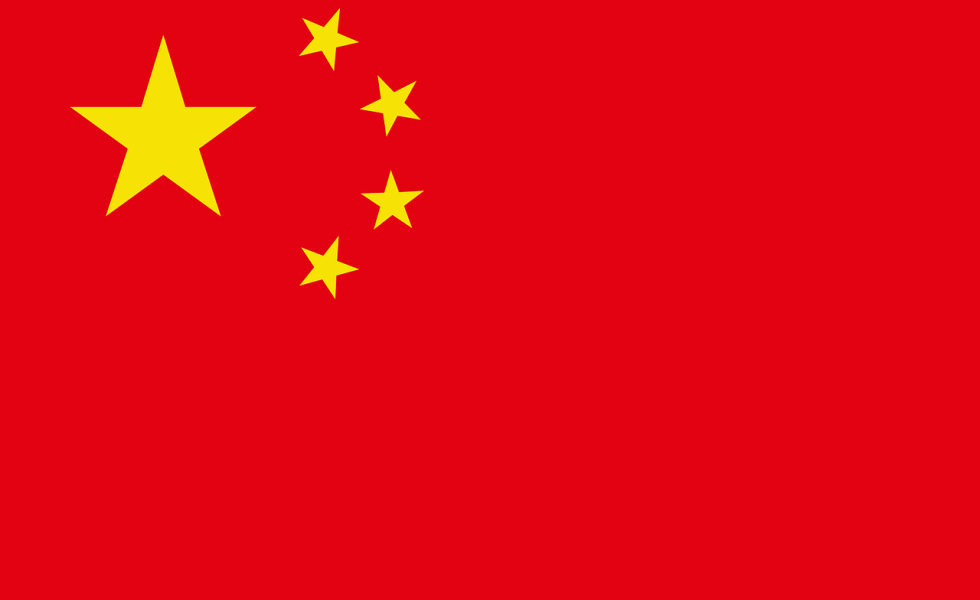China Remains Our Biggest Export Market and Biggest Troublemaker
Posted on September 9, 2021

Talk about mixed messaging.
Two homemade campaign signs from last fall’s presidential election remain on the edge of a sprawling, well-kept dairy farm I recently passed. One, large and white against a green backdrop of tasseled corn, touts Donald Trump; the other, smaller and more wordy, declares that if Biden wins, all Americans soon will be “working for China.”
In large parts of the U.S., many–maybe even most–American farmers already are working for China and, even more ironically, they got there courtesy of former President Donald Trump, not Joe Biden.
Perhaps more upside down, at least according to the logic contained in the Wisconsin signs, President Joe Biden appears to be in no hurry to undo the Trump trade policies that continue to deliver today’s massive American ag sales to China. In fact, trade with China was just one of the two geopolitical topics the 2020 presidential foes agreed on.
How did we get to this who’s-on-first mash-up? Let’s review.
In the 2016 presidential race, candidate Donald Trump threatened a tariff fight with China and, after his election, acted quickly to keep his word. Then, for almost two years thereafter, if China made it–washing machines, steel, alumunium, solar panels–Trump put a tariff on it.
The Chinese retaliated by hitting key U.S. ag exports like soybeans, pork, and beef with tariffs of their own. The fight quickly turned costly and the Trump White House tapped the U.S. Department of Agriculture’s (USDA) Commodity Credit Corporation $30-billion credit line to reimburse U.S. farmers for lost export sales.
Talk–and a tariff war–isn’t cheap, right?
After swapping cold stares and big losses, negotiators ironed out a partial truce in 2020 and U.S. ag exports to China began to rise. Many other Trump era tariffs, however, remained and, to this day, continue to clip U.S. manufacturers who incongruently believed a Biden presidency would restore tariff-free markets with China.
The increased U.S. ag exports to China, however, coincided with two seminal events there–a widespread outbreak of African Swine Fever that decimated the nation’s sow herd to cut retail meat supplies and the swift, deadly rise of the Covid-19 pandemic. The two punches meant China–trade war or not–needed boatloads of U.S.-grown food.
That demand remains. In late May, USDA forecast ag exports to China will “hit a record high of $35 billion in FY 2021… eclipsing the previous record of $29.6 billion in FY 2014.” Equally impressive, the new forecast was $3.5 billion over February’s rosy forecast.
Worldwide, U.S. ag exports are expected to be about $164 billion in the current Oct. 1, 2020-to-Sept. 30, 2021 fiscal year. That means China will buy 21 percent of all U.S. ag exports to “remain the largest market for U.S. agricultural exports” this year, “followed by Canada and Mexico.”
As such, does any American farmer or rancher still believe he or she isn’t working–at least part-time–for China?
More to the point, how is it that Joe Biden is a sell-out to China as he continues to maintain $350 billion in non-ag tariffs imposed by Trump that infuriate U.S. Big Biz?
The honest truth is that the Biden Administration’s quick adoption of Trump’s tariff policy–good as it may be for American agriculture and bad as it may be for other American industries–gives the White House what it now needs with China: leverage to challenge China’s rising economic and military power at the negotiating table rather than some cyber or military battlefield.
So, don’t expect Biden White House officials to reverse the Trump trade stance any time soon. It’s delivering exactly what they want and, even more importantly, exactly what almost every U.S. farmer wants.
And, yeah, that’s rising exports, fatter profits, and–you guessed it–jobs.
© 2021 ag comm
Share This